
When it comes to the next iPhone model everyone has their own views. Some expect the new iPhone will have standard features while others predict it will be a high-end model. However one feature has...
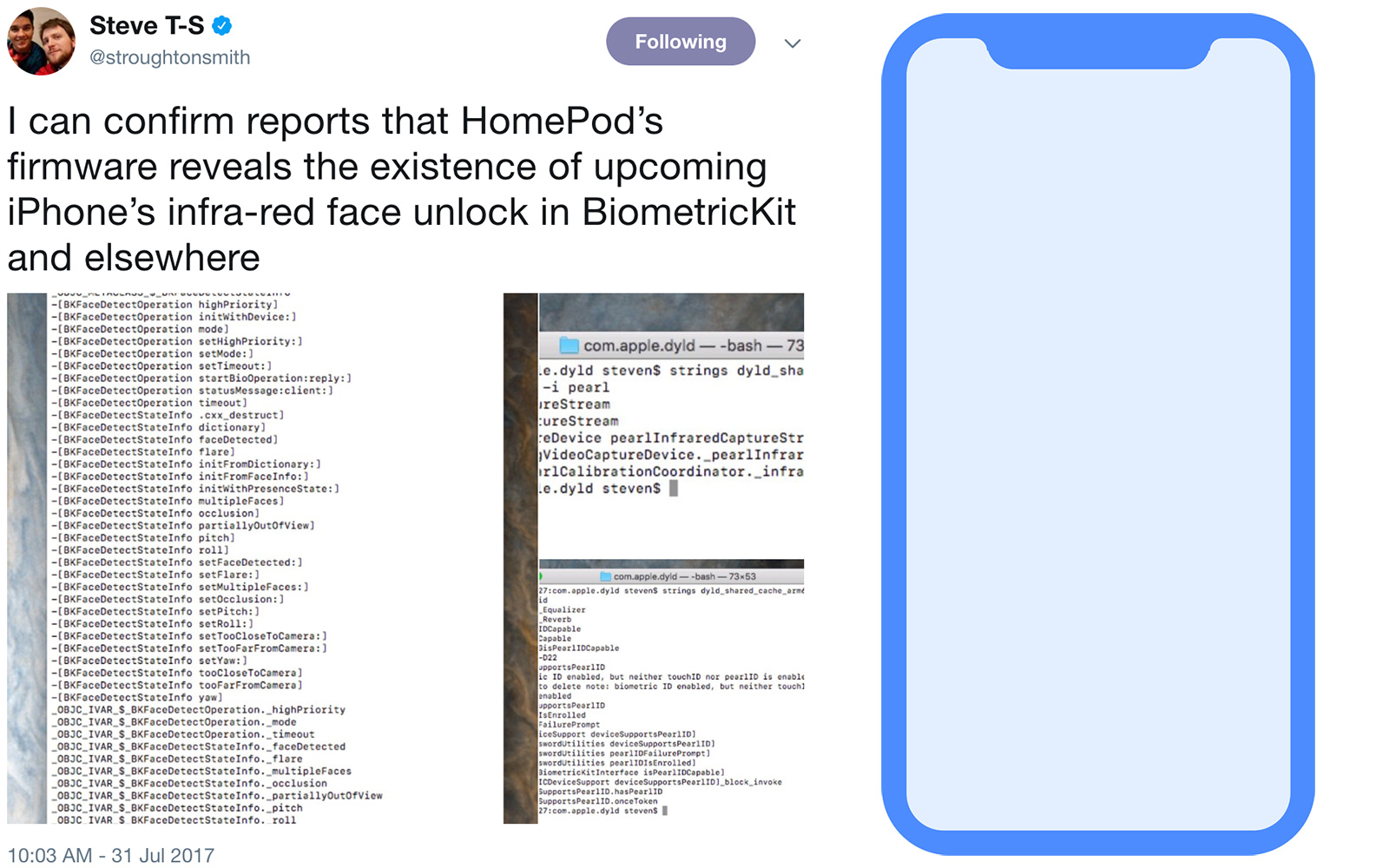 Ever since our close look at an alleged render of the next iPhone back in May, there have been rumors of 3D face scanning plus a large screen-to-body ratio flying about. Today, we finally bring you some solid evidence about these features, courtesy o...
Ever since our close look at an alleged render of the next iPhone back in May, there have been rumors of 3D face scanning plus a large screen-to-body ratio flying about. Today, we finally bring you some solid evidence about these features, courtesy o...
Thermal cameras are pretty nifty devices. They let you see the heat signature of objects by capturing infrared light. There are off-the shelf thermal camera devices like the ones from FLIR, but they’re kind of pricey, and not particularly friendly to hacking into your own projects. Now, you can incorporate a thermal camera into just about any device you can imagine, thanks to this breakout board from Adafruit Industries.

The Adafruit AMG8833 IR Thermal Camera Breakout provides you with a heat-vision camera that can measure temperatures from 0°C to 80°C (32°F to 176°F), with an accuracy of +- 2.5°C (4.5°F). Its 8×8 array of IR sensors isn’t exactly high resolution, but it’s enough to give you a reasonable approximation of the temperature of objects in front of its lens.
The breakout board is ready to use with any 3-volt or 5-volt microcontroller or computer, and comes with ready to use code and instructtions for use with with Arduino and other 12C compatible controllers, as well as Raspberry Pi systems running Python. The board is available now from Adafruit for just $39.95 (USD).

I so want to build a set of heat-vision goggles with a pair of these things.
 Infrared photography isn't just for soldiers or police, it also gives photographers a tool for capturing what is normally unseen. A strong case in point is photographer, artist and Tron title designer GMUNK, aka Bradley G. Munkowitz. He trekked to Al...
Infrared photography isn't just for soldiers or police, it also gives photographers a tool for capturing what is normally unseen. A strong case in point is photographer, artist and Tron title designer GMUNK, aka Bradley G. Munkowitz. He trekked to Al...
Summer is here and it is a real scorcher this year, so make sure that the sun doesn’t burn you! You have to put sunblock everywhere and protect yourself. If you don’t have access to one of those automated sunscreen booths, Sunscreenr can help.
Now you know what you missed and can apply more. It will keep your skin from getting burnt, which we all love. Sunscreenr is currently raising funds for production over on Indiegogo. A pledge of at least $93(USD) will get you a Sunscreenr camera of your own.
[via Ace of Spades HQ via Neatorama]
 At last, astronomers have found evidence of watery clouds beyond our home star... only they're not hovering around a planet, like you might expect. UC Santa Cruz-led researchers have discovered signs of water vapor clouds around WISE 0855, a brown d...
At last, astronomers have found evidence of watery clouds beyond our home star... only they're not hovering around a planet, like you might expect. UC Santa Cruz-led researchers have discovered signs of water vapor clouds around WISE 0855, a brown d...
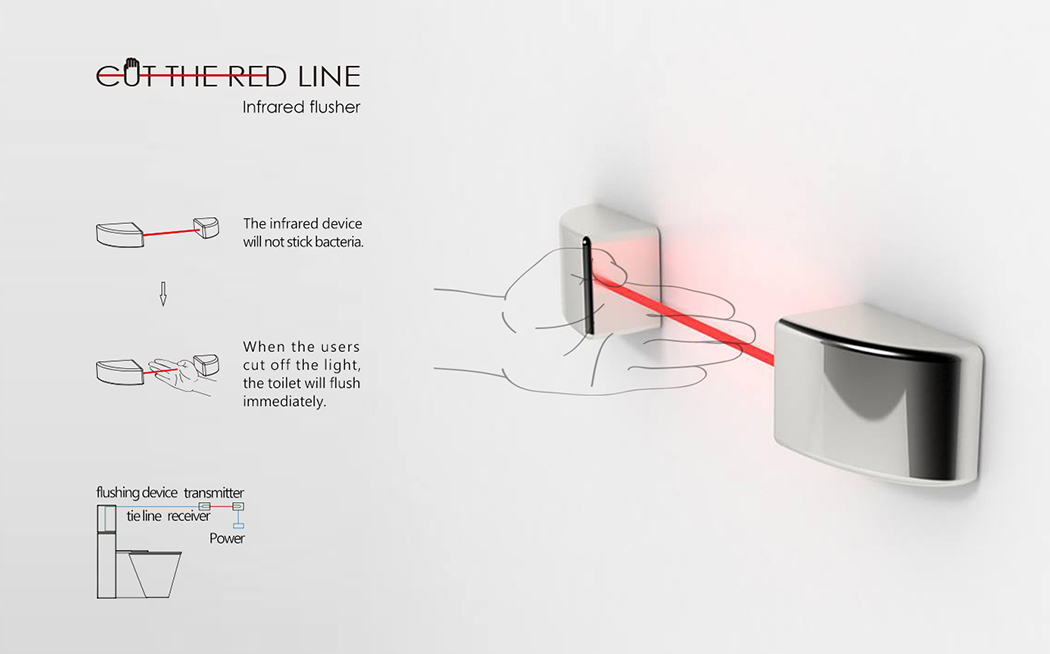
I admit, I use my feet to do most of the maneuvering in a public toilet. Lowering or lifting the frame, feet. Flushing, feet. It’s disgusting I know, but I’d rather keep my hands germ free. The Cut the red line concept introduces a piece of innovation that isn’t new to the toilet, but is definitely new in terms of its application. The concept reinvents the flush by adding an infrared sensing module that connects to the flush. Without actually making any physical contact, one just has to pass their hand through the infrared beam, breaking it, and triggering the flush. Isn’t that a hygienic and clever idea?! Maybe if we included an ultraviolet light component, we could actually flush the toilet and purify our hands at the same time!
The Cut The Red Line is a winning entry for the Lite-On Awards 2015. Entries for this year’s LiteOn awards are open till the 16th of June, 2016. Head down to the LiteOn website for further details. Hurry, the deadline is almost here!
Designers: Yu-Ting Yen & Tzu-Chun Tsai.
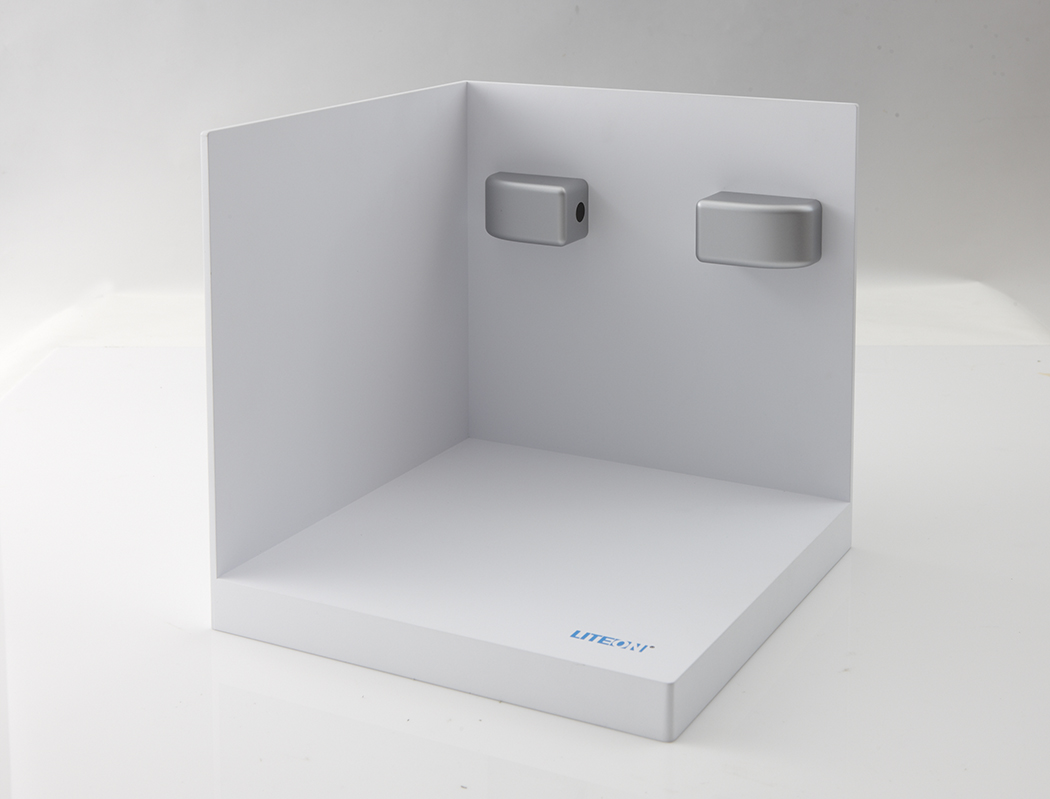
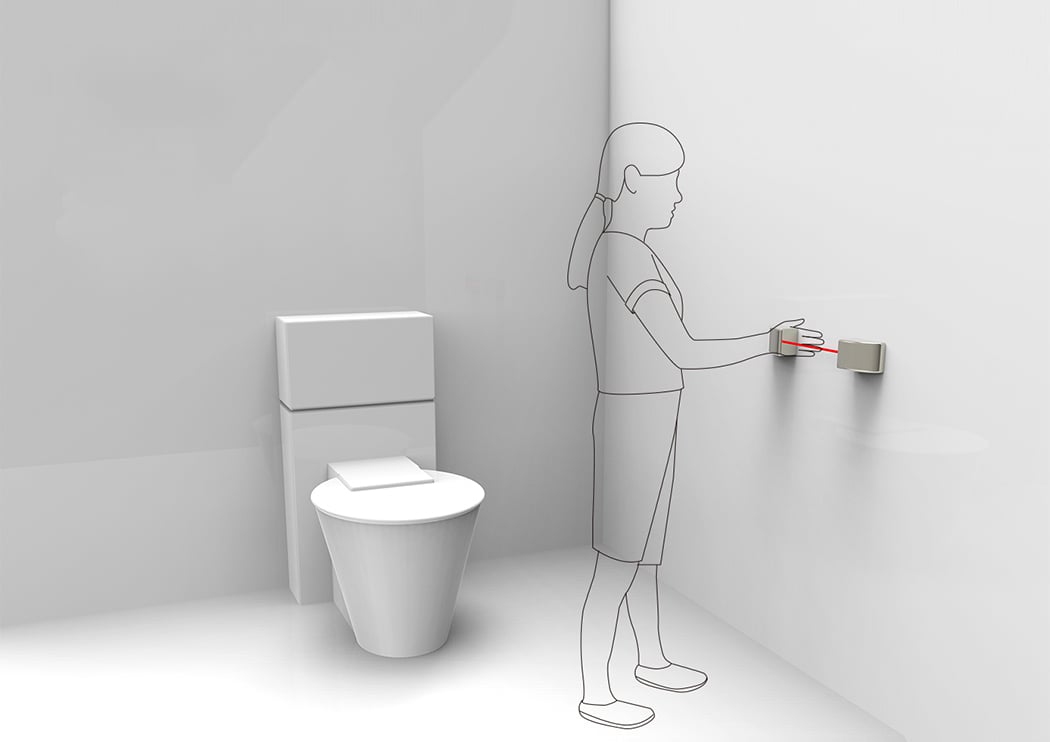
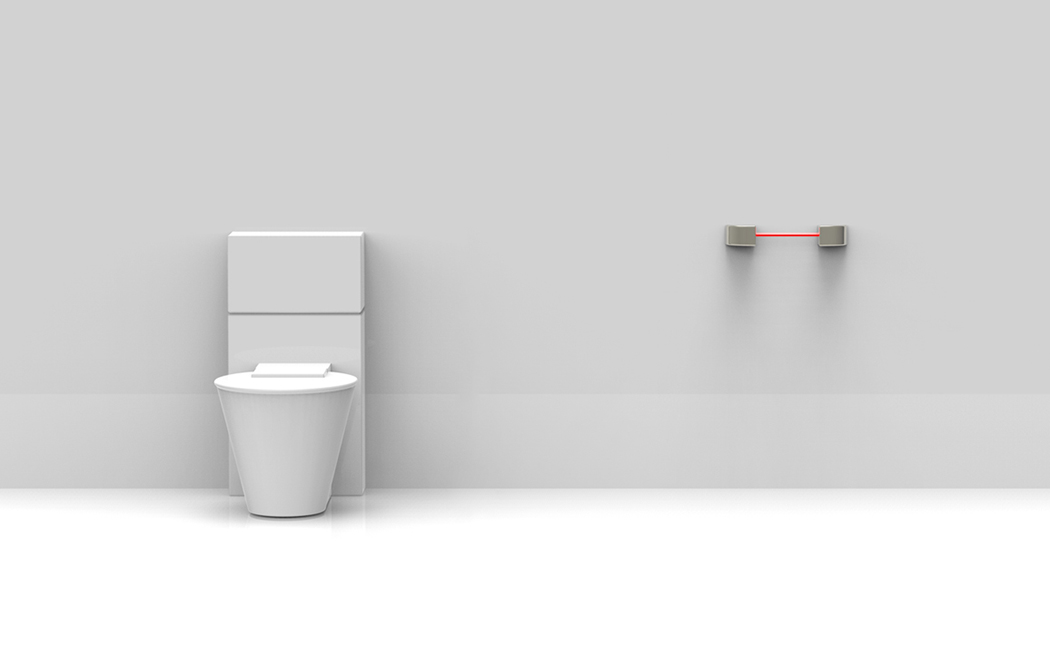
Back in February, we heard about the Wooting One, a mechanical keyboard that can take analog input like the buttons on modern gamepads. Wooting recently launched the keyboard on Kickstarter, and it’s revealed that all of the peripheral’s keys will be analog, as well as a general idea of how they’re able to pull that off.
The secret behind the Wooting One actually lies in a new type of keyboard switch developed by Adomax, which are called Flaretech optical mechanical switches. While most mechanical switches use pressure to detect when a key is pressed, keyboards using Flaretech switches have an infrared emitter and a light sensor sensor on their circuit boards that detect both how far and how fast a key is being pressed. Voila – analog input.
Another advantage of Flaretech switches is that they can easily be replaced with other MX-type switches, which means you can have different switches on every key if you want. That should do wonders both for customization and repairability.
I don’t know if Flaretech or Wooting implemented this, but in any case Windows computers will detect the Wooting One as either a keyboard with simple on or off input or as an Xinput device with analog input. When it launches, you’ll have to switch between the two modes, but Wooting says they hope to add a hybrid option in the future; i.e. you’ll have some keys are detected as Xinput device while some remain as a keyboard.
Assuming Flaretech switches are the real deal I have no doubt that more companies will adopt this revolutionary technology. But for now, Wooting got dibs. You can pledge ~$155 (USD) on Kickstarter to receive a Wooting One keyboards as a reward.
[via Slash Gear]
 As cool as thermal cameras may be, they're not usually very bright -- they may show you something hiding in the dark, but they won't do much with it. FLIR wants to change that with its new Boson thermal camera module. The hardware combines a long w...
As cool as thermal cameras may be, they're not usually very bright -- they may show you something hiding in the dark, but they won't do much with it. FLIR wants to change that with its new Boson thermal camera module. The hardware combines a long w...
 Want to know a whole lot about the Earth's surface? NASA and the Japanese government are now giving away all the data from the ASTER (Advanced Spaceborne Thermal Emission and Reflection Radiometer) instrument... for free. Previously, you had to pay...
Want to know a whole lot about the Earth's surface? NASA and the Japanese government are now giving away all the data from the ASTER (Advanced Spaceborne Thermal Emission and Reflection Radiometer) instrument... for free. Previously, you had to pay...